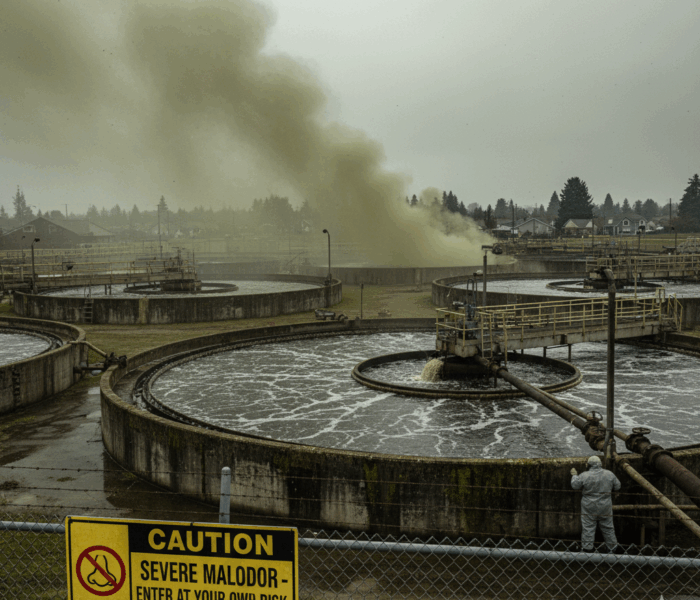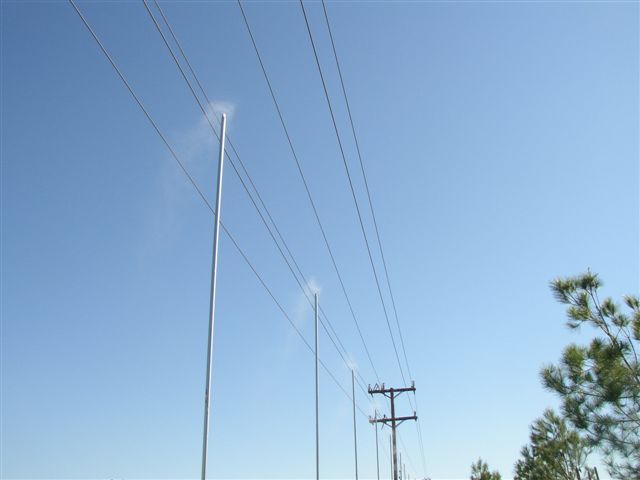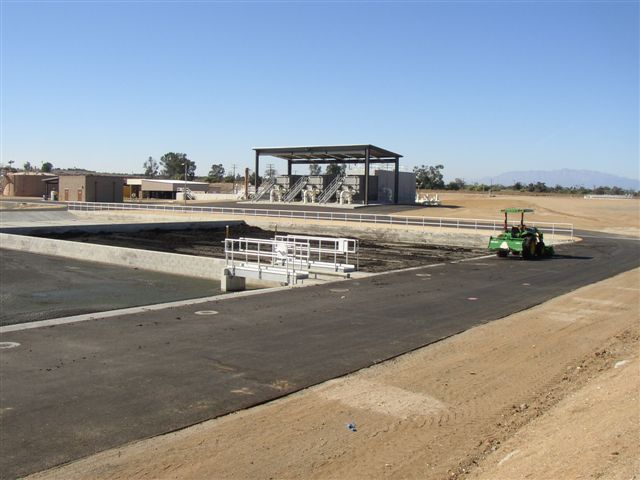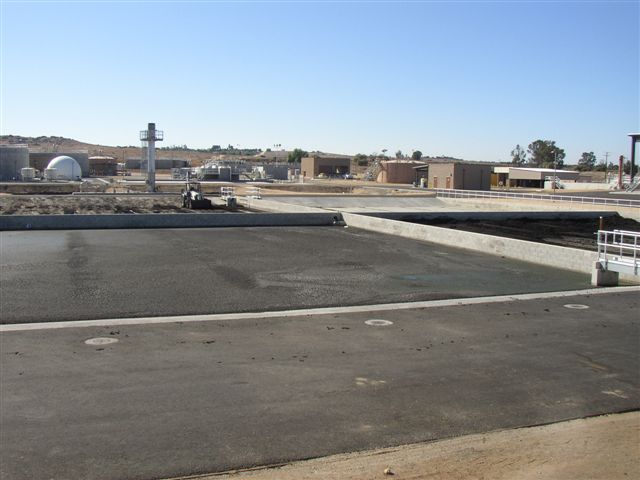Wastewater Odor Control: Why Masking Smells Isn’t Enough Anymore
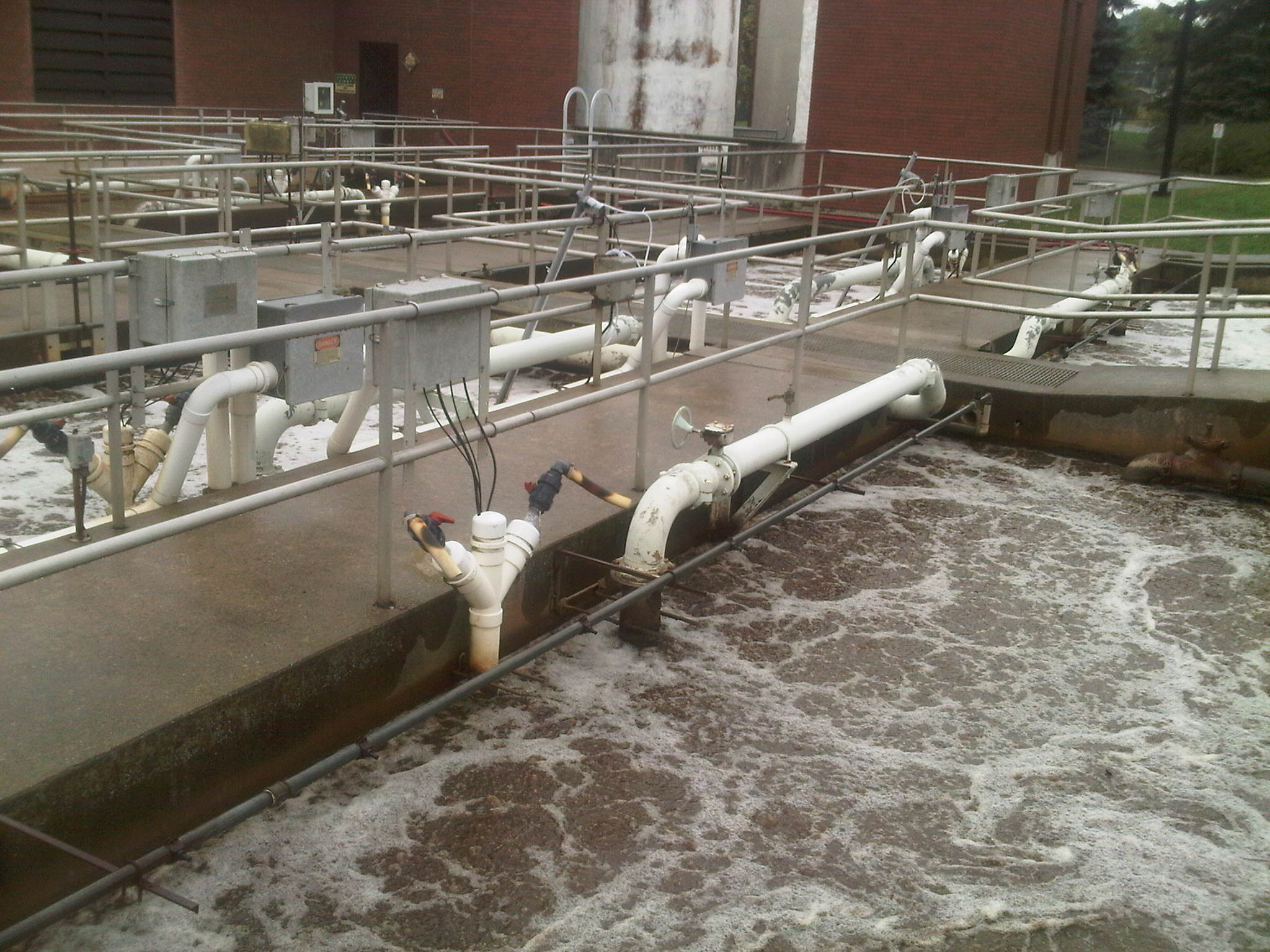
If you operate a wastewater treatment plant, you know the calls all too well. A neighbor catches a whiff on the breeze. Another complaint emails in. That persistent, unpleasant odor isn't just a nuisance—it's a direct threat to community relations and operational credibility.
For decades, the standard response was to mask the problem. But covering up the smell of hydrogen sulfide and volatile organic compounds (VOCs) with heavy fragrances is a losing battle. Often, it creates a even more disagreeable aroma.
Thankfully, a seismic shift is underway. Leading municipalities are moving beyond mere cover-ups to solutions that tackle the problem at its source. They're adopting molecular odor neutralization technologies, like Ecolo's AirSolution delivered through AirStreme systems, to eliminate complaints for good.
Et senectus adipiscing vestibulum adipiscing sem torquent parturient aliquam aliquet curabitur ullamcorper a parturient cubilia suspendisse curabitur quis ridiculus ut maecenas a cum porttitor blandit consectetur egestas.Sem etiam vestibulum a suspendisse sit sociosqu massa urna elit. Bibendum egestas elit fames adipiscing scelerisque a est amet a nisi volutpat pharetra sed a eget nunc sapien per.
The High Cost of Wastewater Odors
Ignoring odor control is a costly mistake. The impact goes far beyond a few annoyed phone calls.
- Eroded Community Trust: Persistent odors signal neglect. They transform a vital public utility into a local nuisance, fueling protests and damaging the facility's reputation for years.
- Regulatory Headaches: Environmental agencies are increasingly attentive to odor as a pollutant. Falling out of compliance can lead to significant fines and onerous operational mandates.
- Compromised Worker Safety: Hydrogen sulfide (H₂S) is more than just smelly. Exposure leads to headaches, eye irritation, and at high concentrations, can be extremely dangerous. A safe work environment is impossible without controlling these gases.
The Flawed Logic of Masking Agents
Why do traditional masking agents fail so spectacularly?
Think of it like this: spraying a floral perfume in a musty basement doesn't remove the mildew; it just creates a weird, floral-musty hybrid smell. Masking works the same way.
It relies on overwhelming our olfactory senses with a stronger, more pleasant scent. This approach is fundamentally temporary and ineffective because:
- It's a Short-Term Fix: The effect lasts only as long as the fragrance oil, requiring constant reapplication.
- It Doesn't Solve the Problem: The harmful and corrosive H₂S and VOC molecules remain active, continuing to damage infrastructure and impact health.
- It Can Worsen Perception: Communities often feel patronized by a perfumed cover-up, viewing it as an admission that a real solution is too difficult.
A Smarter Approach: Neutralization at the Molecular Level
where Ecolo's AirSolution technology changes the game.
Instead of adding a new smell, AirSolution's non-toxic, biodegradable formulas work through a process called molecular neutralization. The solution contains active compounds designed to target and bind with specific odor molecules—like those from H₂S or mercaptans.
Upon contact, a chemical reaction occurs. The resulting compound is a completely new, neutral molecule that is odorless and non-volatile. The smell isn't hidden; it's gone.
Delivering the Solution: The Role of AirStreme Misting Systems
A perfect solution needs perfect delivery. That’s the purpose of AirStreme misting systems.
Drenching an area in solution is inefficient and wasteful. AirStreme systems use high-pressure pumps and specialized nozzles to create an ultra-fine mist of AirSolution. This micro-mist:
- Maximizes Surface Area: Billions of tiny droplets have a massive combined surface area, increasing the chance of collision with odor molecules.
- Provides Even Coverage: The light mist floats on the air currents, traveling to exactly where the odors are generated and dispersed.
- Enables Automation: Systems can be integrated with timers, H₂S sensors, or wind gauges to activate only when needed, ensuring incredible efficiency and cost-effectiveness.
The Path Forward for Municipalities
Investing in modern odor control isn't an expense; it's an investment in public trust, regulatory compliance, and operational excellence. The return on investment is clear:
- Restored Community Relations: Become a good neighbor and silence the complaint lines.
- Future-Proof Compliance: Stay ahead of increasingly strict air quality regulations.
- Operational Savings: Reduce chemical waste with targeted, automated systems and avoid the recurring cost of ineffective masking agents.
The future of wastewater management is smarter, more efficient, and more community-focused. Eliminating odors rather than masking them is a central pillar of that future.
Choosing the Right Odor Control Strategy
How do the options stack up? Here’s a quick comparison:
Method | How It Works | Best For | Drawbacks |
Masking Agents | Overpowers bad smells with strong fragrances. | Very temporary, low-budget stop-gaps. | Ineffective, can worsen smells, community dissatisfaction. |
Carbon Adsorption | Traps odor molecules in a filter bed. | Targeted, low-flow applications. | High maintenance, filter replacement is costly and frequent. |
Chemical Scrubbers | Uses a chemical solution to absorb odors. | High-concentration point sources. | Significant chemical use, high capital and operational cost. |
Ecolo AirSolution + AirStreme | Neutralizes odor molecules in the air. | Perimeter control, large areas, variable wind conditions. | Requires initial system design, but long-term OPEX is low. |
The Bottom Line
The question is no longer if you should address wastewater odors, but how. The old playbook of masking has been rendered obsolete by proven, chemical-neutralization technology.
For plant managers and municipal engineers ready to stop covering up the problem and start solving it, the path is clear. Solutions like Ecolo's AirSolution and AirStreme offer a definitive, data-backed end to odor complaints.
It’s time to clear the air.



